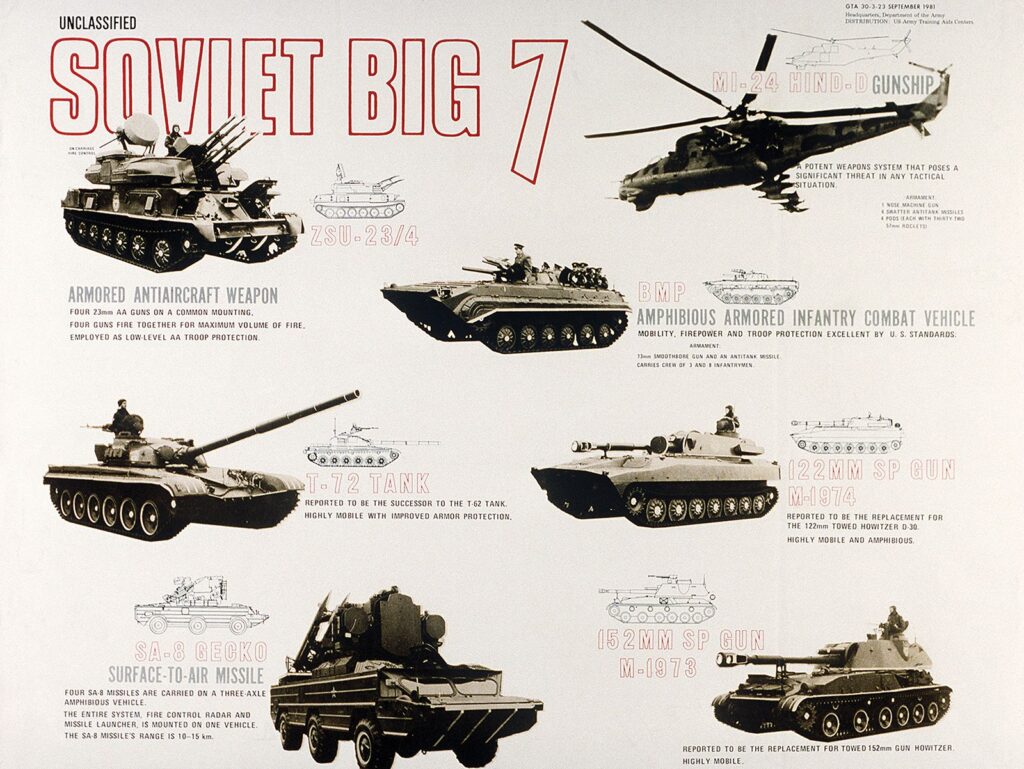World War I, also known as the Great War, was a deadly conflict that lasted from 1914 to 1918, resulting in millions of deaths. One key factor in the high death toll was the rapid evolution of weapons technology during this time. Trench warfare on the Western Front led to a stalemate, prompting the need for new weapons like tanks, which revolutionized the battlefield. Additionally, the emergence of air power and the use of poison gas and chemical warfare changed the nature of warfare. Machine guns and artillery also played crucial roles in causing devastation and casualties. World War I marked a turning point in the history of warfare, highlighting the need for peace and diplomacy to prevent such tragedies in the future.
The Technology of Destruction: How Weapons Evolved During World War I
Introduction
World War I, also known as the Great War, was one of the deadliest conflicts in human history. It lasted from 1914 to 1918 and resulted in the deaths of millions of people. One of the key factors that made World War I so deadly was the rapid evolution of weapons technology during this time. In this article, we will explore how weapons evolved during World War I and the devastating impact they had on the battlefield.
Trench Warfare and the Need for New Weapons
One of the defining features of World War I was trench warfare, where soldiers dug trenches and fortifications to protect themselves from enemy fire. This type of warfare led to a stalemate on the Western Front, as neither side was able to make significant advances against the other. As a result, new weapons and tactics were needed to break the deadlock and gain a strategic advantage.
The Emergence of Tanks
Tanks were one of the most revolutionary weapons introduced during World War I. These armored vehicles were designed to break through enemy lines and provide infantry support on the battlefield. The first tanks were crude and unreliable, but they helped to change the course of the war by breaking through enemy defenses and creating openings for infantry troops to advance.
The Rise of Air Power
World War I also saw the emergence of air power as a major factor in military strategy. Aircraft were used for reconnaissance, bombing, and dogfights with enemy planes. The development of fighter planes like the Fokker Eindecker and the Sopwith Camel allowed pilots to engage in aerial combat and gain air superiority over the enemy.
Poison Gas and Chemical Warfare
One of the most horrifying developments in weapons technology during World War I was the use of poison gas and chemical warfare. Chlorine, phosgene, and mustard gas were deployed on the battlefield, causing horrific casualties and long-lasting effects on soldiers who were exposed to these deadly chemicals. Gas masks were developed to protect soldiers from these attacks, but the use of poison gas changed the nature of warfare and raised ethical questions about the use of such weapons.
Machine Guns and Artillery
Machine guns and artillery played a crucial role in World War I, providing devastating firepower to both sides of the conflict. The development of new machine guns like the Maxim gun and the Vickers machine gun allowed soldiers to mow down enemy troops with rapid-fire capabilities. Artillery bombardments were used to soften up enemy positions and support infantry advances, causing widespread destruction and casualties on the battlefield.
Conclusion
World War I marked a turning point in the history of warfare, as new weapons and technologies were developed that would shape the course of future conflicts. The devastating impact of these weapons on the battlefield led to widespread destruction and loss of life, underscoring the high cost of war. As we reflect on the technology of destruction that evolved during World War I, we are reminded of the need for peace and diplomacy to prevent such tragedies from happening again.
